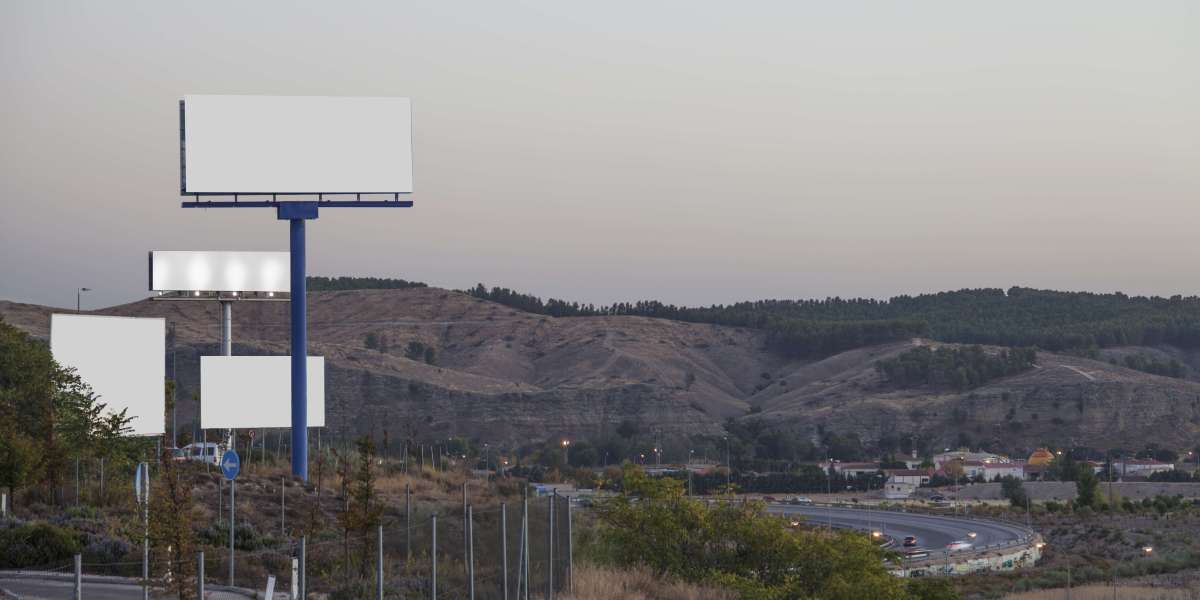Why Storytelling Matters in OOH
Storytelling makes your message human. It gives your brand a voice, a face, and a purpose. In the context of outdoor advertising, storytelling isn’t about long narratives — it’s about visual punch, emotional clarity, and instant connection.
Because let’s face it: people don’t read outdoor ads — they feel them.
And that feeling is what they remember.
The 3-Second Rule: Storytelling in a Flash
You typically have 3–5 seconds to make an impact with an OOH ad. That means your story has to be:
Simple – Clear enough to understand in one glance
Bold – Visually striking to grab attention instantly
Emotive – Capable of evoking curiosity, humor, empathy, or desire
Good OOH storytelling isn’t a paragraph — it’s a snapshot of a moment, an idea, or a truth about your brand that resonates.
Key Elements of Great Storytelling in Outdoor Media
1. Strong Visual Narrative
Images do the heavy lifting in outdoor ads. A powerful photo, a clever visual metaphor, or unexpected design can speak louder than any headline.
? Tip: Choose imagery that tells a story without needing explanation. Think human moments, product-in-use, or dramatic before/after contrasts.
2. Minimal, Impactful Copy
Your words should do one thing: elevate the visual. Think punchlines, bold claims, or emotionally loaded phrases.
?️ Example: Nike’s "You Can’t Stop Us" campaign used just a few words alongside powerful visuals to ignite emotion and movement.
3. Brand Voice and Identity
Even in a short message, your tone should reflect who you are. Are you playful, bold, compassionate, disruptive?
?️ Your story should feel like your brand, not just look like an ad.
4. Context-Aware Messaging
OOH shines when it connects to where it’s seen. Clever storytelling that references the location, time, or local culture often earns the most attention and sharing.
?️ Example: A streaming service teasing a show with a countdown billboard in a bustling city square builds anticipation through placement and timing — a story unfolding in real-time.
Types of Stories That Work in OOH
| Story Type | What It Does | Example |
|---|---|---|
| Emotional Story | Creates empathy or inspiration | Charity campaign showing a child’s transformation |
| Product-as-Hero Story | Puts your solution front and center | Before/after fitness ad on a subway platform |
| Cultural Moment Story | Taps into trending topics | Real-time sports updates during playoffs |
| Humor/Surprise Story | Makes people stop, smile, and share | Witty headlines or visual puns on highway billboards |
Digital OOH: Evolving the Story in Real Time
Digital Out-of-Home (DOOH) allows brands to adapt and evolve their stories based on:
Time of day
Weather
Live events
Audience demographics
Social media trends
? With DOOH, your story doesn’t have to be static. You can tell chapters throughout the day, across screens, and alongside digital channels.
Measuring the Impact of Outdoor Storytelling
While storytelling is emotional, its impact can be very tangible. Smart brands measure:
Ad recall and brand lift in exposed areas
Engagement via QR codes or custom URLs
Social sharing of especially creative or viral OOH stories
Foot traffic or conversions using location-based tracking
When a story hits the mark, it doesn’t just turn heads — it turns viewers into customers.
Final Thoughts: Tell Big Stories in Small Moments
Outdoor media is not just about advertising. It’s about storytelling in motion — short, striking stories that meet people where they are and move them in an instant.



